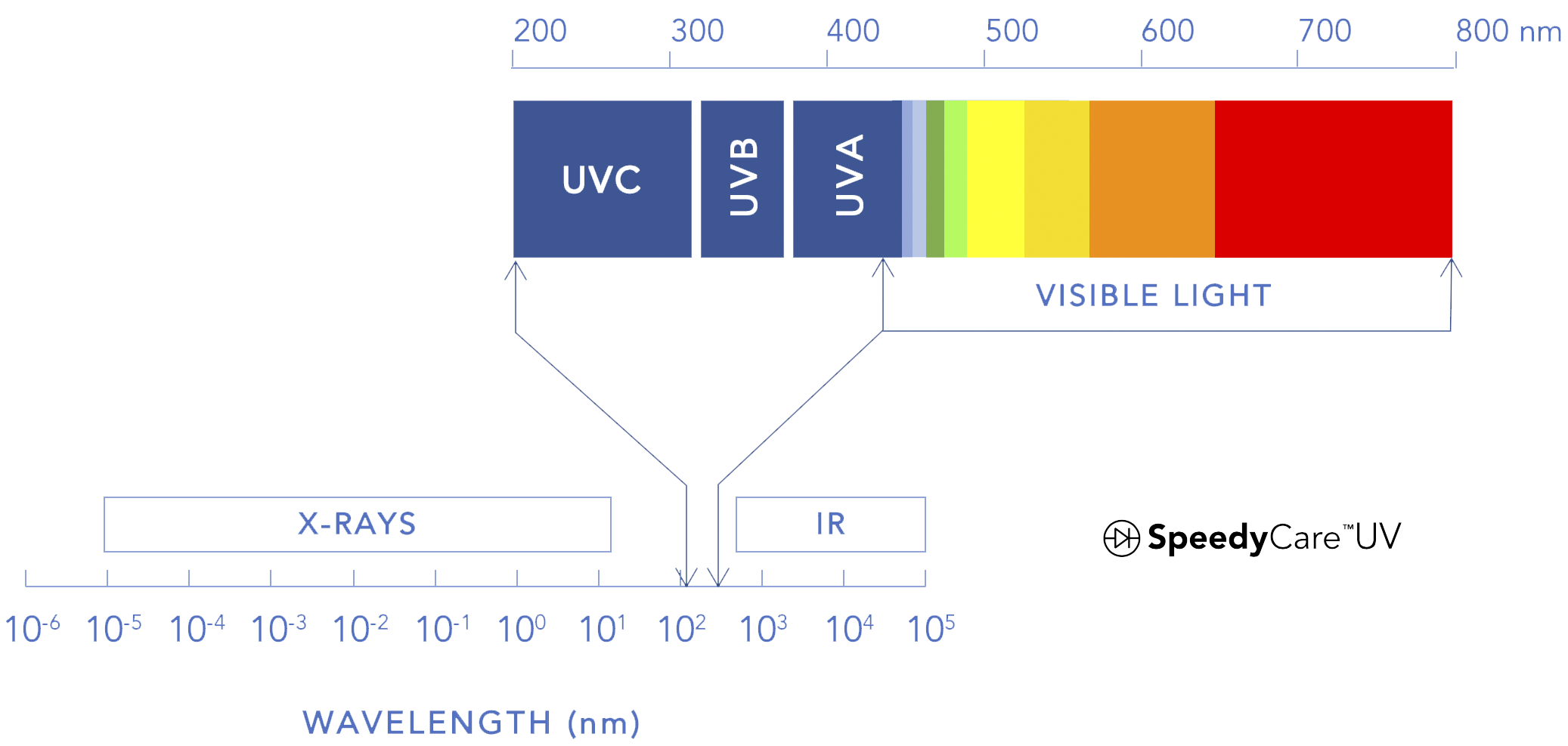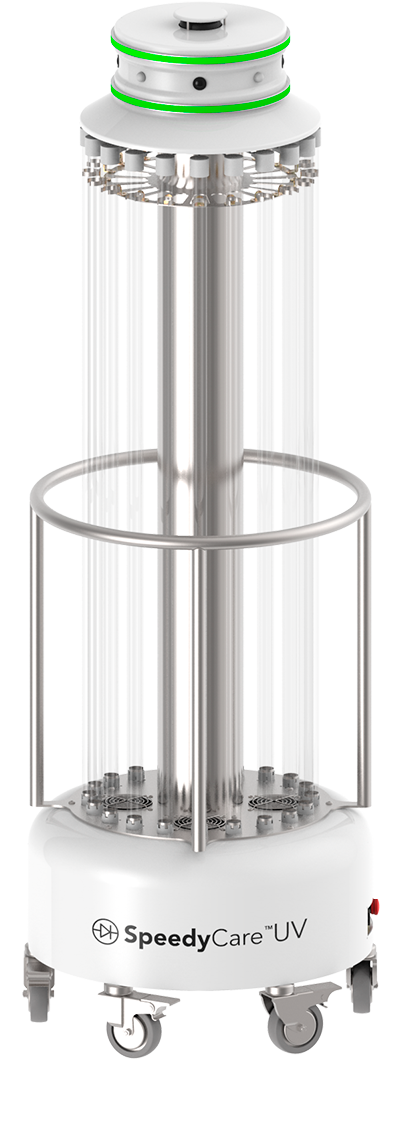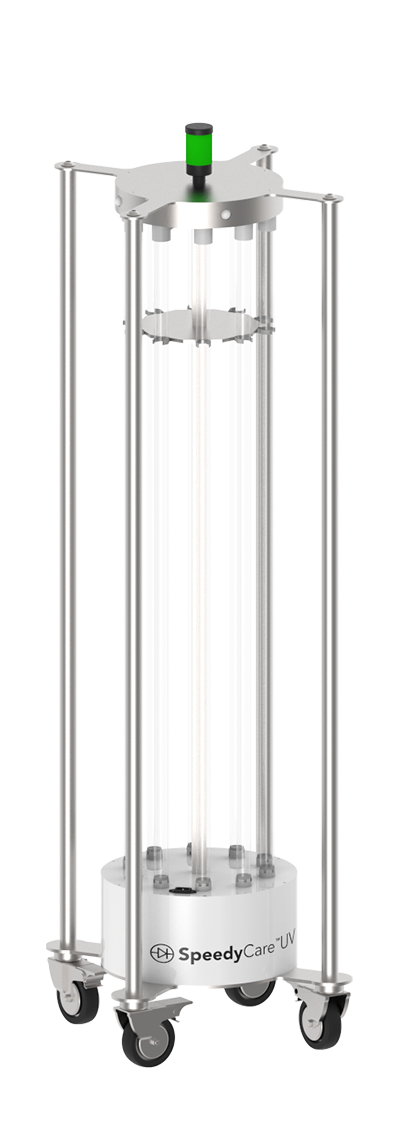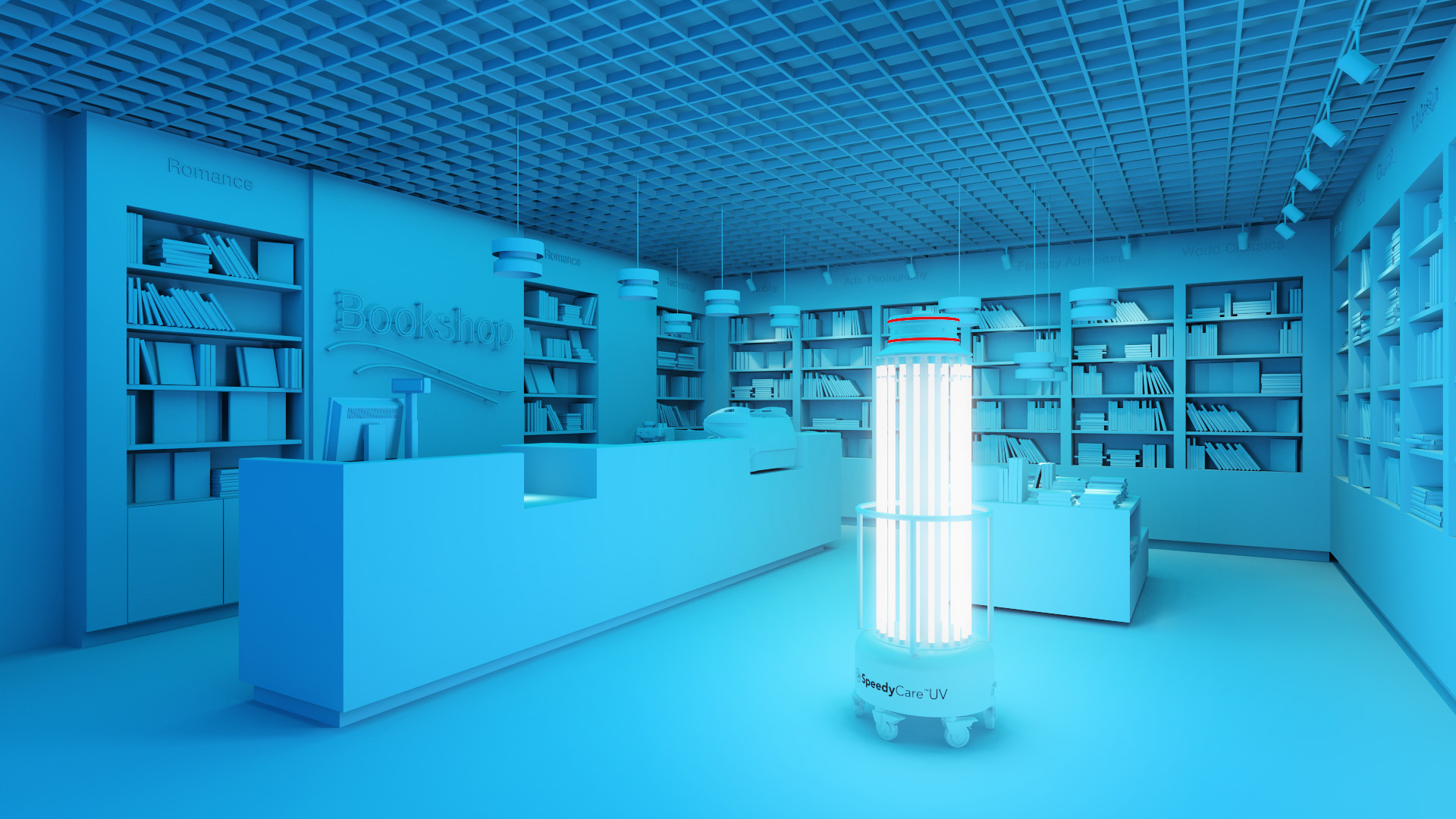What is UV-C?
ELECTROMAGNETIC RADIATION
Ultraviolet (UV) light is an electromagnetic radiation. Its wavelength spectrum falls in the region between visible light and X-Rays. It is invisible and ranges from 100 nm to 400 nm has been traditionally subdivided... More ...
Log Reduction
DISINFECTING PERFORMANCE
Log Reduction is a mathematical term that is used to express the percentage or proportion of microorganisms deactivated in a disinfection process... More ...
Why UV-C Deactivates Viruses?
THE EFFECTIVENESS OF UV-C
UV-C is an electromagnetic radiation that can destroy the ability of microorganisms to reproduce by causing photochemical changes in nucleic acids. Wavelengths in the UV-C range are especially damaging... More ...
What is UV-C?
Ultraviolet (UV) light is an electromagnetic radiation. Its wavelength spectrum falls in the region between visible light and X-Rays. It is invisible and ranges from 100 nm to 400 nm has been traditionally subdivided in 3 categories or regions.
Natural UV radiation is of course coming from the Sun. Around 10% of all that energy falls within the UV range, and only 4% is capable of crossing our atmosphere and reaching the Earth’s surface where we live. The rest is absorbed by the oxygen (O2) and ozone (O3) in stratosphere, blocking most of the UV-B and all the UV-C component of the UV light.

| UV-C | 100 nm to 280 nm | Germicidal radiation - inactivates pathogens |
|---|---|---|
| UV-B | 280 nm to 315 nm | Actinic radiation - causes photochemical reactions |
| UV-A | 315 nm to 400 nm | Considered non-germicidal |
Has UV been used before for Inactivation of Viruses?
Yes, in fact UV is a well-known technology in this field. It is reported that Hart in 1937 used an array of UV lamps to sterilize supply air in a surgical operating room. Hart employed direct, high-intensity UV for the disinfection of hospital operating room air at the Duke University Hospital, after traditional methods had failed. Riley, in 1972, installed UV lamps in a school ventilation system dramatically reducing the incidence of measles, and subsequent applications enjoyed similar successes. Since then, UV-C has been successfully implemented in a number of appliances and devices to support inactivating microorganisms, such as bacteria, viruses and fungi.
The first UVC continuous disinfection robots were built ca. 15 years ago, mainly to decrease the number of HealthCare-Associated Infections (HAIs).






